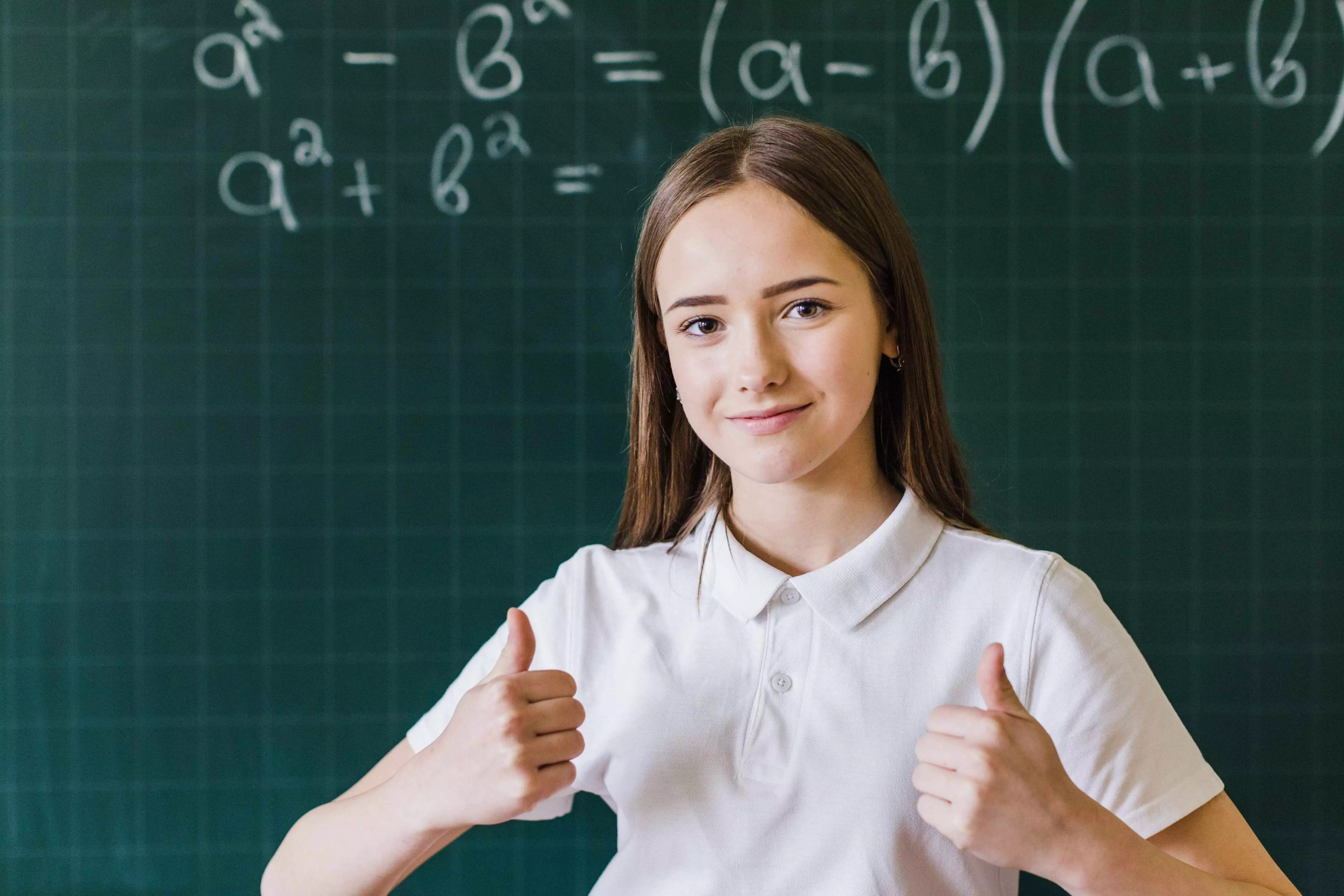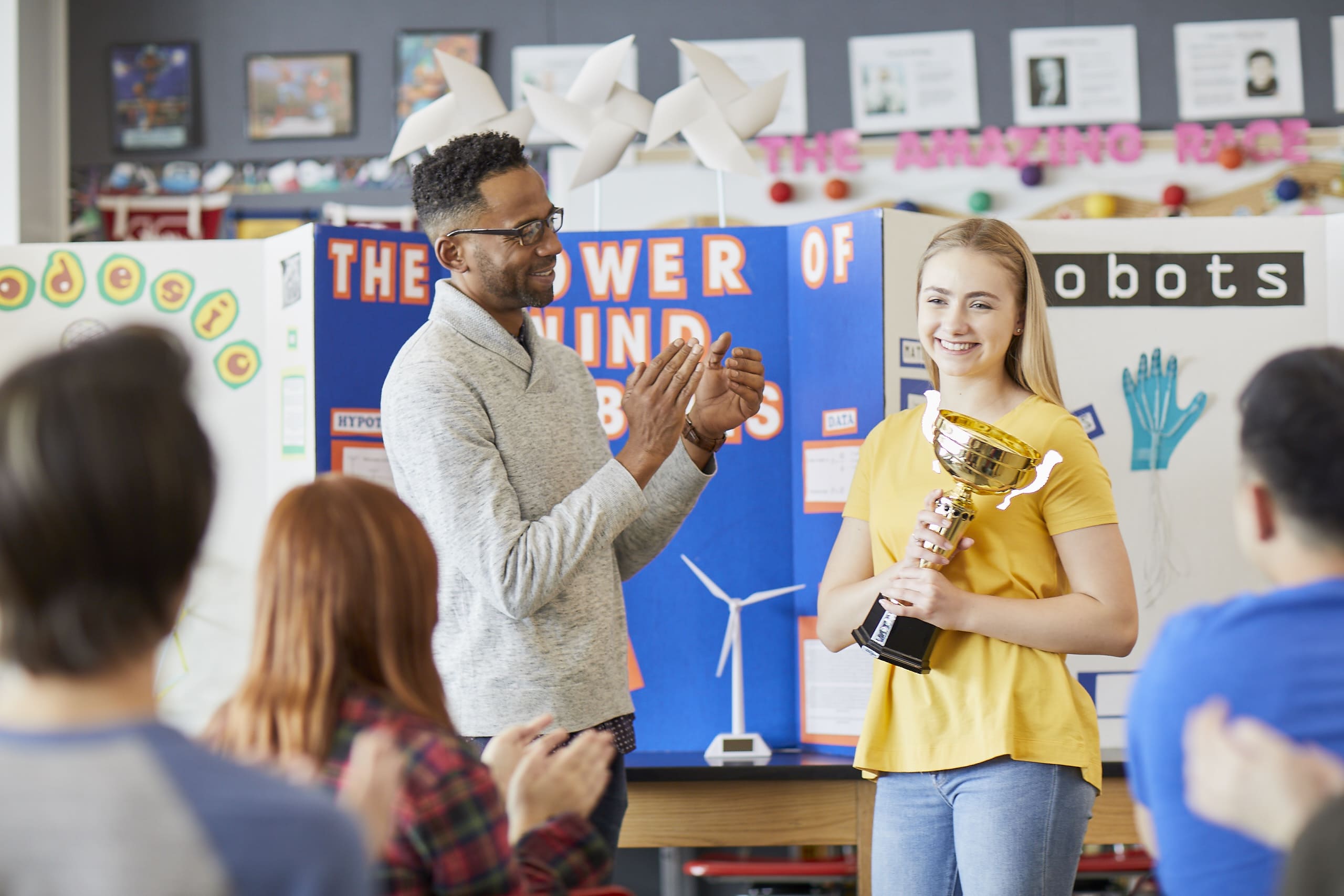Top strategies an algebra 2 tutor uses To teach rational equations effectively
Wiki Article
The Comprehensive Protection of Algebra 2 Tutoring: Trick Ideas and Abilities for Mastery
Algebra 2 tutoring supplies a wide range of necessary principles and abilities essential for students to attain proficiency in mathematics. This includes an in-depth understanding of polynomial features, intricate numbers, and logarithmic equations, to name a few. Each topic improves the previous one, creating a cohesive structure for problem-solving. The application of these principles in real-world scenarios highlights their significance. There remain crucial areas that can additionally improve a trainee's mathematical trip.Understanding Polynomial Features
How do polynomial functions form the landscape of algebra? These fundamental expressions, consisting of variables increased to non-negative integer powers, work as the foundation of many algebraic concepts. They can be defined by their level, which indicates the highest possible power of the variable, and their coefficients, which identify the feature's behavior. Polynomial features show distinctive residential properties, such as connection and level of smoothness, allowing them to model a variety of real-world scenarios. Their graphical depictions feature contours that can show different habits, including intercepts and turning points. Understanding polynomial functions includes grasping procedures such as addition, reduction, multiplication, and department, in addition to factoring strategies. This fundamental expertise is vital for solving formulas and inequalities. By realizing polynomial functions, pupils establish vital analytical skills and acquire understanding into a lot more intricate mathematical concepts, leading the way for sophisticated research studies in algebra and past.Understanding Intricate Numbers

Meaning and Characteristic
Complex numbers, a keystone of innovative algebra, prolong the idea of one-dimensional number lines to a two-dimensional plane. Specified as numbers of the form (a + bi ), where (a) and (b) are actual numbers and (i) represents the fictional system with the property (i ^ 2 = -1 ), these numbers possess unique properties. The real component (a) shows the straight axis, while the fictional part (b) suggests the upright axis in the complex plane. Secret homes include their capability to represent remedies to polynomial formulas that lack real services and their closure under addition, department, reproduction, and subtraction (except by no) This framework permits a much deeper understanding of mathematical concepts and applications across different fields.Workflow With Facility Numbers
Procedures with complex numbers form a crucial aspect of algebra that enhances mathematical understanding and analytic capacities. Intricate numbers, shared in the form (a + bi), where (a) and (b) are genuine numbers, require specific procedures like enhancement, reproduction, department, and reduction.Addition and subtraction involve integrating like terms, while multiplication utilizes the distributive building and the reality that (i ^ 2 = -1) Division of complex numbers requires increasing the numerator and denominator by the conjugate to remove the fictional part in the . advanced algebra.
These procedures not only strengthen foundational algebra skills but additionally prepare pupils for advanced topics, such as polynomial equations and square features. Proficiency of complicated number operations furnishes learners with vital logical tools.
Exploring Logarithmic Formulas
In the research of logarithmic formulas, comprehending the buildings of logarithms is vital for effective analytic. These residential or commercial properties give the foundational devices needed to manipulate and simplify logarithmic expressions. By mastering these concepts, students can confidently take on a range of logarithmic formulas.Understanding Logarithm Properties
Logarithm residential properties play a crucial role in streamlining and fixing logarithmic equations, providing a methodical technique to recognizing their actions. These properties consist of the product, quotient, and power policies. The product guideline states that the logarithm of a product is the amount of the logarithms of its elements. Alternatively, the ratio regulation suggests that the logarithm of a ratio is the distinction of the logarithms. The power policy reveals that the logarithm of a number increased to a backer can be shared as the exponent multiplied by the logarithm of the base. Proficiency of these buildings boosts one's ability to adjust logarithmic expressions, providing a structure for taking on more intricate equations and features encountered in sophisticated algebra.Fixing Logarithmic Formulas
How can one properly address logarithmic equations? To tackle these equations, it is vital to use properties of logarithms. First, one must settle logarithmic expressions utilizing the power, ratio, and item regulations. This simplification usually transforms the equation into a much more convenient kind. Next, transforming logarithmic formulas to their rapid form can disclose the unknown variable. The formula (log_b(x) = y) converts to (x = b ^ see this page y ) In addition, inspecting options is necessary to guarantee they do not create extraneous outcomes, specifically when taking care of logarithms. By methodically applying these methods, individuals can confidently navigate and solve logarithmic equations, improving their general understanding and proficiency of this mathematical idea.Examining Sequences and Series
Sequences and collection may at first show up facility, they are fundamental principles in algebra that expose patterns and partnerships within numbers. A series is a checklist of numbers set up in a specific order, normally specified by a formula or guideline. Comprehending the sorts of sequences, such as arithmetic and geometric series, enables pupils to identify the underlying patterns effectively.On the other hand, a collection is the amount of the terms of a sequence. Assessing series entails identifying limitless and finite series, along with calculating their amounts when suitable. Trainees learn vital methods, such as using formulas for the sum of math and geometric series, which improve estimations.
Mastering sequences and collection equips trainees with crucial analytical abilities, enabling them to deal with much more complicated mathematical ideas. This foundation is vital for their continued success in algebra and higher-level maths.
Addressing Logical Expressions and Formulas

When fixing sensible equations, one should isolate the variable, typically by cross-multiplying to get rid of the portions. It is necessary to look for additional services, as multiplying both sides can present values that do not please the original equation. On top of that, trainees need to understand limitations on the variable, as particular values can make the denominator no, making the expression undefined.
Understanding Conic Sections
Conic areas are geometric numbers originated from the junction of a plane and a double cone. These sections include circles, ellipses, parabolas, and hyperbolas, each identified by special buildings and formulas. Comprehending conic areas is crucial for pupils as they discover the partnerships between algebra and geometry.
Circles are defined by a continuous range from a center point, while ellipses result from an airplane cutting via both cones, forming a shut contour. Parabolas arise from a plane alongside the axis of the cone, illustrating a U-shaped chart. Hyperbolas, on the various other hand, occur when the plane halves both intersects of the cone, leading to two unique, open curves.
In Algebra 2, grasping conic sections includes acknowledging their common formulas, graphing them accurately, and identifying their key features, such as axes, vertices, and foci. This foundational understanding prepares trainees for even more innovative mathematical ideas.
Applying Charts and functions
Charts and functions offer as fundamental devices in Algebra 2, making it possible for trainees to model connections between variables and visualize mathematical ideas. Proficiency of these components allows learners to interpret information, determine patterns, and make forecasts based on well-known patterns. Students explore numerous kinds of features, including straight, quadratic, polynomial, logical, and exponential, each with distinct attributes and applications.Graphing these features entails understanding vital functions such as slopes, asymptotes, and intercepts, which offer understandings into their habits. Additionally, trainees discover to transform functions via representations, stretches, and changes, enhancing their ability to manipulate and analyze visual depictions.
Applying features in real-world contexts additionally solidifies comprehension, as students tackle problems involving revenue margins, populace development, and physics formulas. This sensible application bridges theoretical expertise with tangible results, fostering a deeper gratitude for the relevance of functions and charts in everyday life.
Often Asked Concerns
Just How Can I Boost My Problem-Solving Abilities in Algebra 2?
To boost analytical skills in Algebra 2, one should exercise on a regular basis, seek diverse problems, use on-line sources, collaborate with peers, and focus on understanding underlying ideas instead of memorizing procedures, fostering much deeper comprehension and application.What Resources Are Advised for Extra Algebra 2 Technique?
Recommended resources for extra Algebra 2 practice include online platforms like Khan Academy, books with technique issues, and tutoring services. Participating in mathematics discussion forums can additionally offer varied analytic techniques and collective understanding chances.Exist Online Tutoring Options Available for Algebra 2?
Yes, countless on-line tutoring alternatives exist for Algebra 2 (algebra 2 help). Systems like Khan Academy, Chegg Tutors, and Wyzant offer customized assistance, video clip lessons, and interactive exercises, satisfying use this link various learning styles and other routines for trainees looking for supportHow Do I Plan for Algebra 2 Examinations Successfully?
To prepare successfully for Algebra 2 examinations, one must evaluate essential concepts, method issues regularly, use online resources, form study hall, and take method tests to determine strengths and fancies targeted enhancement.
What Prevail Mistaken Beliefs Trainees Have in Algebra 2?
Trainees often misconstrue the significance of foundational ideas, believing they can skip requirements. They might likewise battle with abstract thinking, puzzling functions with equations, and misunderstanding the role of variables in algebraic expressions.Mastering complex numbers is crucial for students in Algebra 2, as these numbers prolong the genuine number system to address formulas that do not have actual options. These procedures not only reinforce foundational algebra skills but likewise prepare trainees for more innovative subjects, such as polynomial formulas and square features. Sensible expressions and formulas represent important parts of algebra, including portions where the numerator and common denominator are polynomials. In Algebra 2, mastering conic areas includes recognizing their typical equations, graphing them accurately, and determining their essential features, such as axes, foci, and vertices. Applying features in real-world contexts better solidifies understanding, as trainees take on problems including profit margins, population development, and physics equations.
Report this wiki page